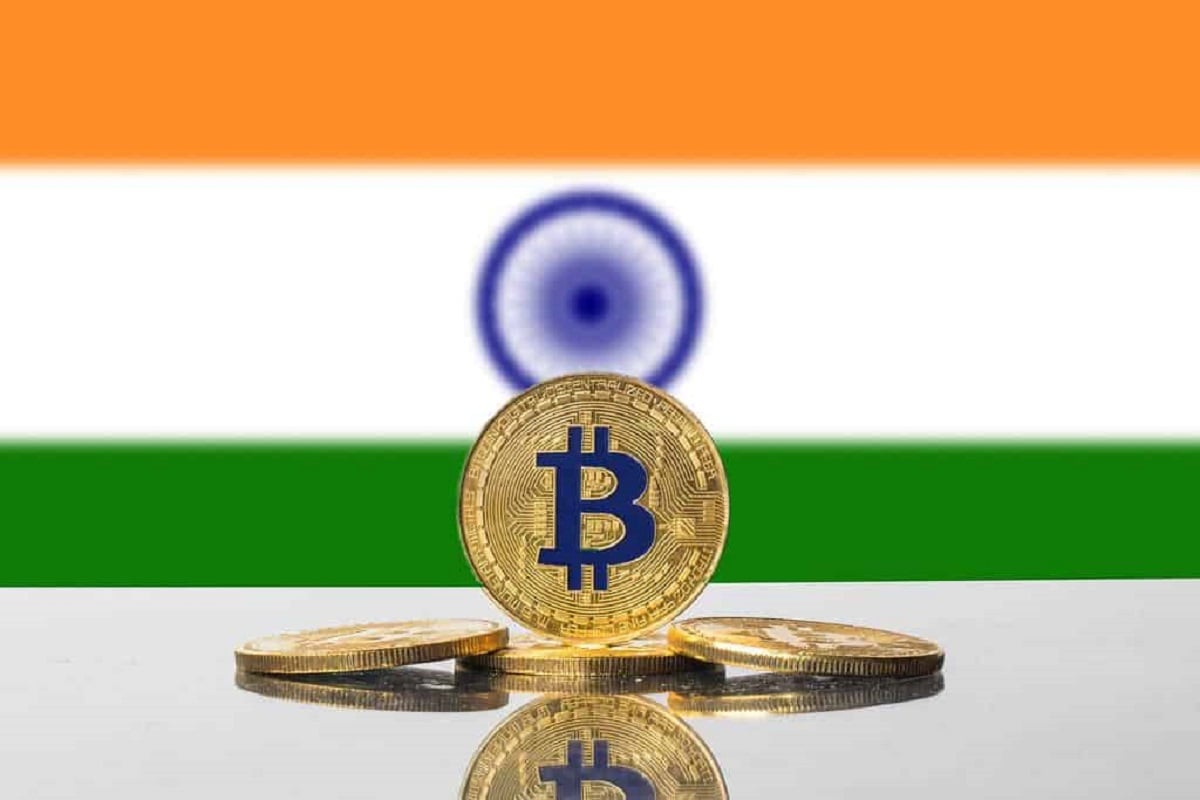India sidelines stablecoins at fintech summit


At the Global Fintech Fest 2025 in Mumbai, India once again demonstrated its conservative stance toward cryptocurrencies and stablecoins. Despite drawing more than 100,000 attendees and 800 speakers, the three-day summit avoided any direct discussion of private digital currencies, highlighting instead the nation’s emphasis on central bank-backed digital innovation.
India highlights CBDC and digital public infrastructure
Organizers reportedly advised participants to refrain from discussing cryptocurrencies, steering the agenda toward government-led initiatives such as the Reserve Bank of India’s (RBI) central bank digital currency (CBDC), known as the e-rupee. The event showcased progress in digital public infrastructure, with panels focusing on tokenized deposits, financial inclusion, and the interoperability of India’s Unified Payments Interface (UPI).
Speakers from the RBI and key fintech institutions presented the e-rupee pilot as a cornerstone of India’s strategy to modernize financial systems while maintaining regulatory oversight. The move reflects the government’s desire to balance innovation with control, particularly amid concerns about the volatility and cross-border risks posed by privately issued stablecoins.
Global markets embrace stablecoin regulation as India holds back
While India opts for restraint, major economies are moving ahead with clearer frameworks. Japan has legalized the issuance of stablecoins under banking regulations, Singapore has integrated them into its digital payments system, and the United States continues to advance legislative efforts for stablecoin supervision. Analysts argue that India’s reluctance to participate in the stablecoin conversation could hinder its fintech competitiveness on the global stage.
Industry insiders say the lack of regulatory clarity is cooling investor sentiment. India’s fintech funding fell to approximately $3.5 billion in 2024, down sharply from $9.2 billion in 2021, with many beginups citing uncertainty around digital asset policy as a barrier to growth. Without a stablecoin framework, companies aiming to explore blockchain-based settlement or tokenized assets continue to incorporate abroad, leading to capital and talent outflow.
Meanwhile, stablecoins are gaining global traction as efficient tools for cross-border payments, remittances, and decentralized finance (DeFi) applications. A recent study by Standard Chartered projected that U.S. dollar-backed stablecoins could draw as much as $1 trillion from emerging-market bank deposits in the coming years. Yet, India remains cautious, wary that large-scale stablecoin adoption could fragment its national payments system and fragileen monetary control.
Some fintech executives at the summit suggested that India’s first viable use case for stablecoins could be in international remittances, which account for over $100 billion annually. However, without official policy guidance, even this limited application appears distant. For now, the government’s focus remains on scaling the e-rupee and expanding regulated fintech innovation within its borders.
As global financial systems accelerate toward digital integration, India’s strategy reflects both prudence and hesitation. The challenge ahead will be to ensure that its cautious approach does not translate into missed opportunities in the evolving digital currency landscape.






